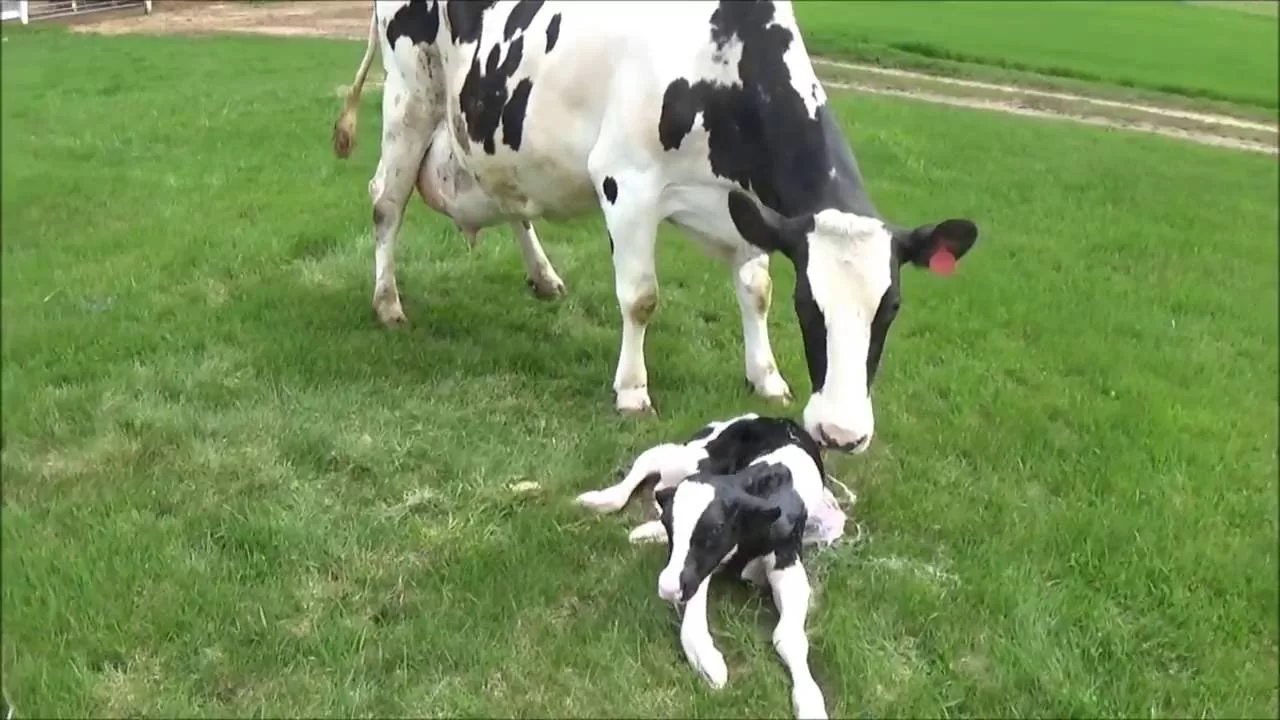Reproduction on a dairy farm can be a challenge for producers even with the best of practices. There are numerous factors that affect reproductive efficiency including heat detection rate, semen quality, AI technique, nutrition, low fertility, cow health, labor, and other dairy management practices. Many producers have found that synchronization programs have greatly improved their reproduction success and overall pregnancy rate. With constant evolving research, synchronization programs are constantly becoming more successful with the fine tuning of protocols for using them. But with this evolution of synchronization programs, how do producers know which one is right for their own operation?
Each dairy farm is different in regards to how and why they want to implement synchronization programs. Factors can include labor management, facilities, and the goals for a specific synchronization program. Some of the deciding factors that can play a role are how the program lays out on a calendar week and the cost.
There are number of different synchronization programs that producers can use to get more cows pregnant, but with any of the programs, they count on the standard Ovsynch as the final series of injections followed with a timed breeding. As with any management practice or technology, the different variations of synchronization programs can work for the better or worse for different producers. The table that accompanies this article shows the differences of some of the major synchronization programs and may help you make an informed decision about what program is right for your farm.
Another challenge with any synchronization program for the dairy producer looking to improve his pregnancy rate is that they are designed to get more pregnancies at first service. But, making sure that the open cows are found as soon as possible and either put onto a resynch program or bred on standing heat will only help you reach your reproduction goals. There have been several programs that have worked well when trying to minimize the amount of labor as well as compliment the synch program used for first service animals. Here are three options for a resynch program:
- All cows are given a GnRH injection 7 days before pregnancy check, approximately 32 days post breeding.
- Pregnancy exam approximately 39 to 40 days post breeding, with non-pregnant cows given a PGF2α.
- 48 hours GnRH injection administered. Timed artificial insemination up to 24 hours after 2nd GnRH
Looking at all of the synchronization programs that are available for dairy producers to use can be overwhelming. However, if one looks at several basic principles with shot programs, it can help make the programs easier to comprehend so the best decision can be made for the dairy operation. There are a couple of items to remember when deciding to implement or change to a different synchronization program in regards to improving the farm’s pregnancy rate. By following the predetermined protocol, it is going to greatly improve the chances of success. Make sure the correct animal is identified, the correct hormone, dosage and gauge of needle is used, and the timing is accurate. Paying attention to these details will allow the synchronization programs to work the way they were designed. Also, understand and recognize that a synchronization program does not replace the need to identify standing heat.
The reproductive status of the dairy herd has a large impact on the operation’s productivity and profitability. If your farm is looking to obtain a high pregnancy rate, a synchronization program that fits your dairy operation, accompanied with good heat detection, can greatly improve reproductive success.
Caution: Use of the reproductive products in a synchronization program must be done under the direction of a veterinarian since they are prescription products and used in an “extra-label fashion”.
| Comparison of Most Common Synchronization Programs. | |||||
|---|---|---|---|---|---|
| Synchronization program | Injections required | No. times must catch the animal | Average conception % |
Fits a 5-day work week calendar? | Notes |
| Ovsynch | 3 (2 GnRH, 1 PGF2α) |
4 | 30 – 35 | yes | |
| Presynch | 5 (3 PGF2α, 2 GnRH) |
6 | 40 | yes | Uses 2 of the PGF2α as therapeutic treatment along with presynchronizing the cows. Used on 1st service cows. |
| Cosynch | 3 (2 GnRH, 1 PGF2α) |
3 | slightly less than Ovsynch | yes | |
| Double Ovsynch |
6 (4 GnRH, 2 PGF2α) |
7 | 45 – 49 | yes, with some planning |
Uses 2 GnRH and 1 PGF2α as therapeutic treatment along with presynchronizing the cows. Used on 1st service cows. |
| CIDR Synchronization | none | none, but extra steps needed | approx. 40% | yes, with the Ovsynch and Cosynch protocol |
Delivers higher level of progesterone to blood stream, which most often causes stronger signs of estrus when CIDR is removed. Can be used with Ovsynch and Cosynch programs. Added cost with the CIDR insert. Most often used in dairy heifers with timed A.I. but also being used extensively in dairy cows. |

